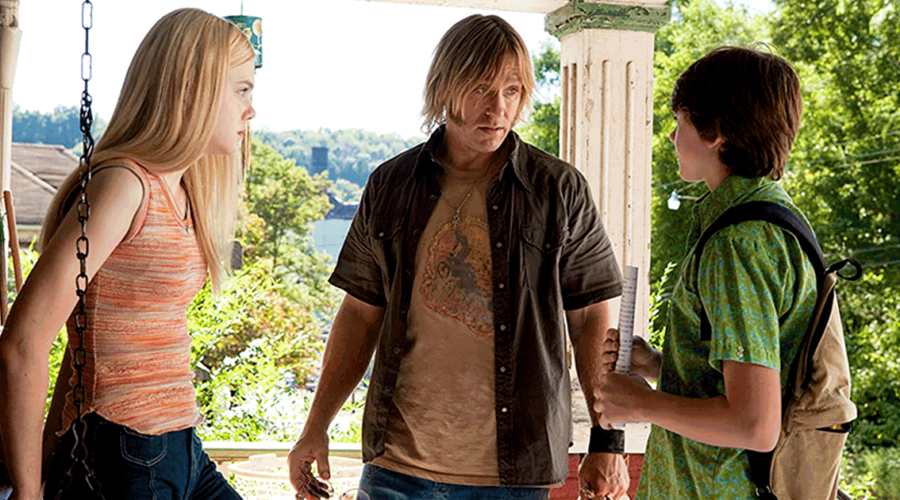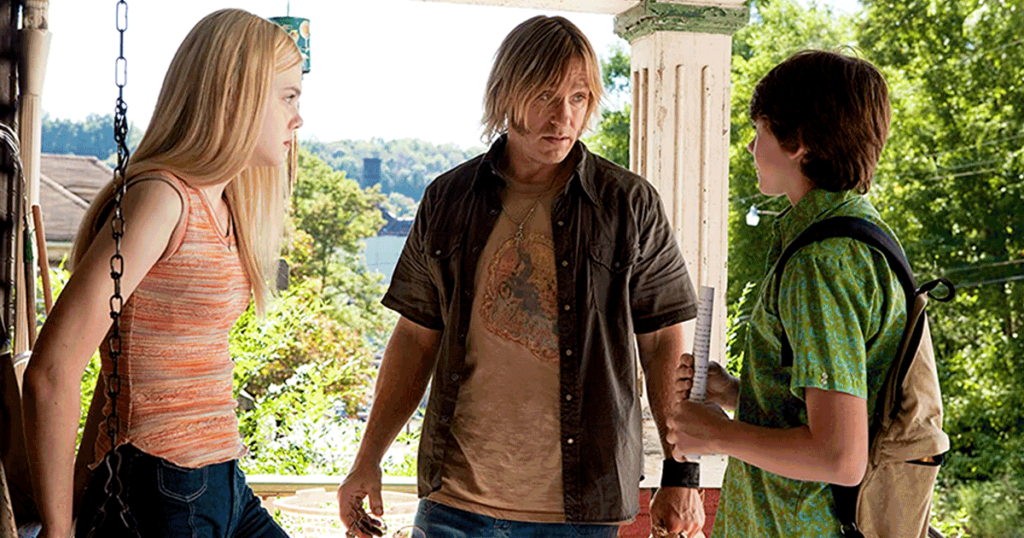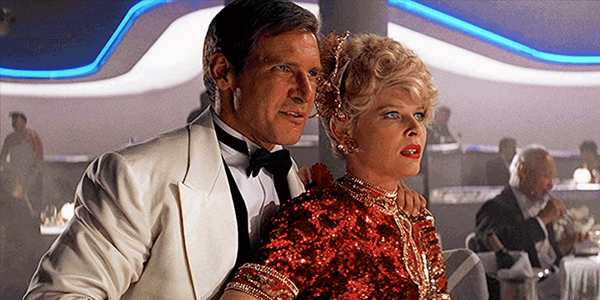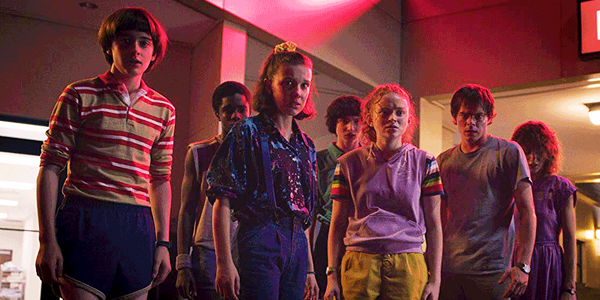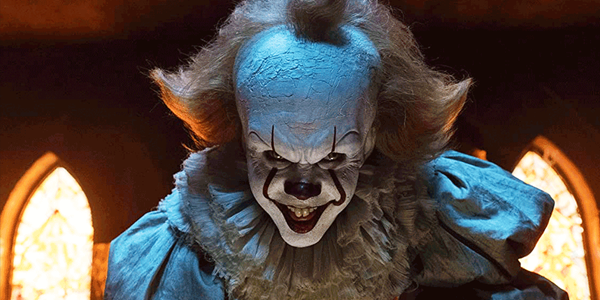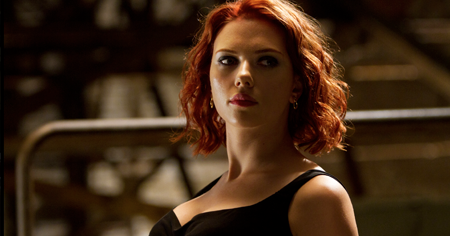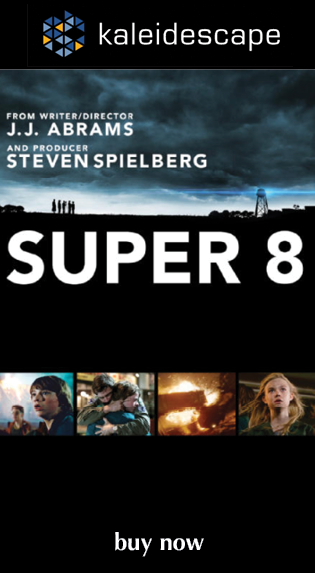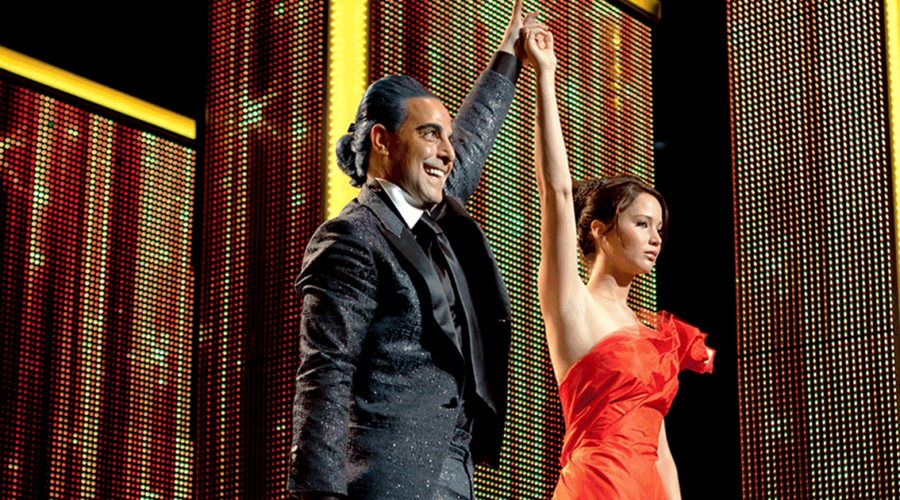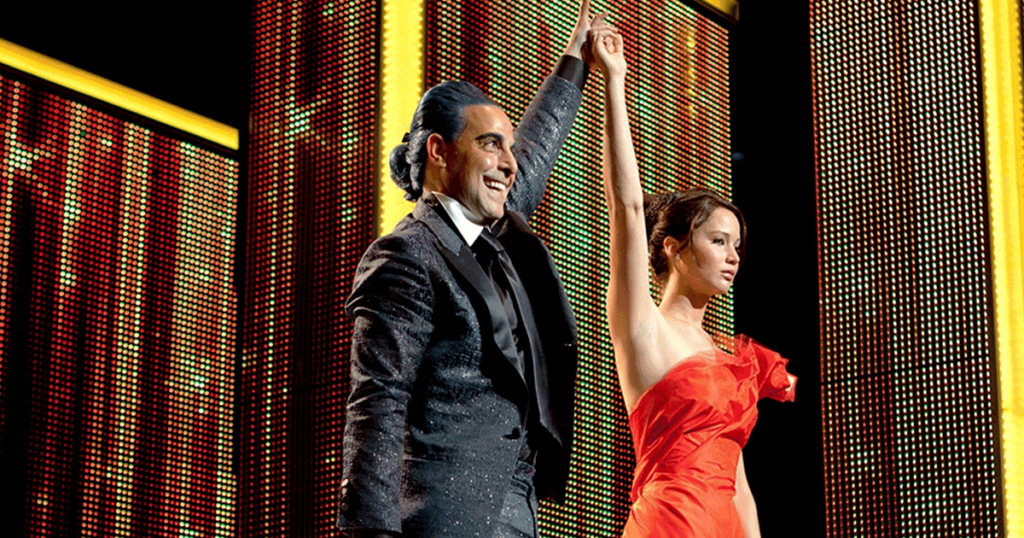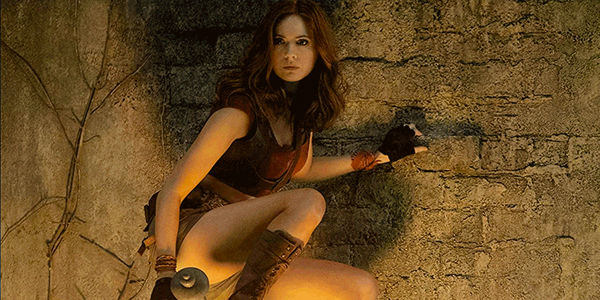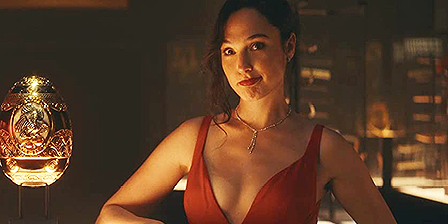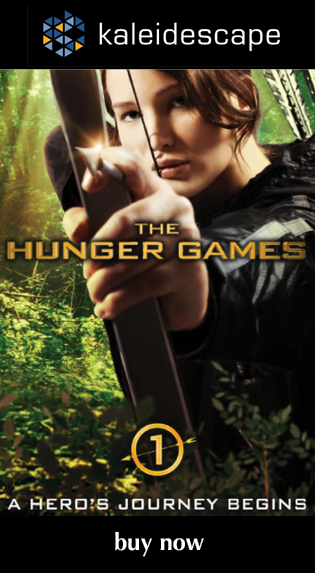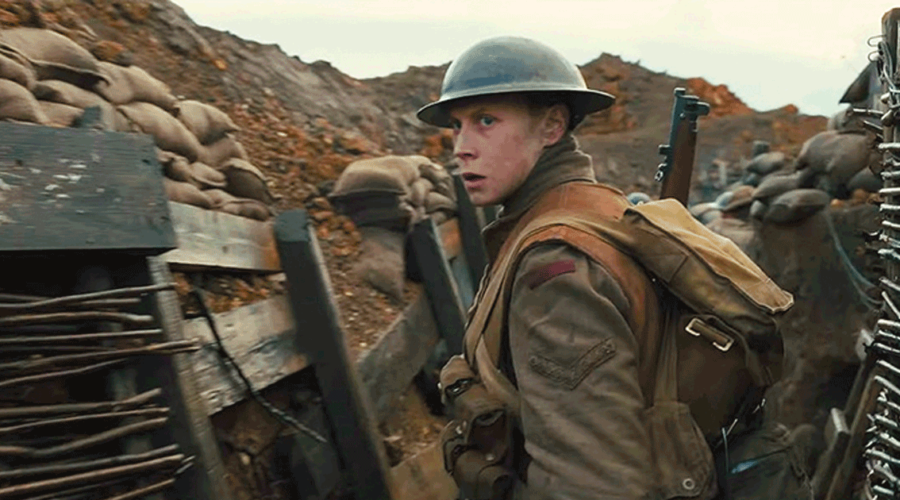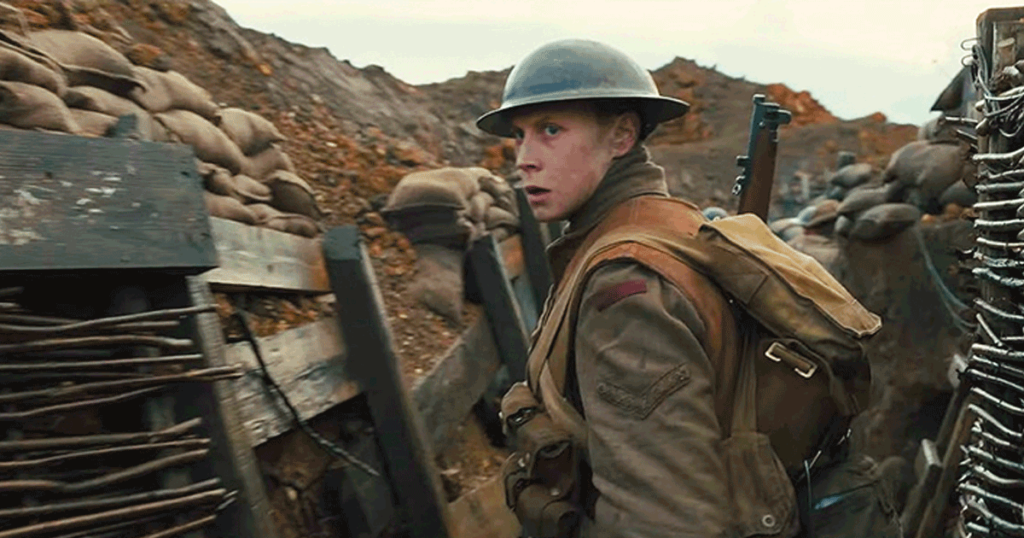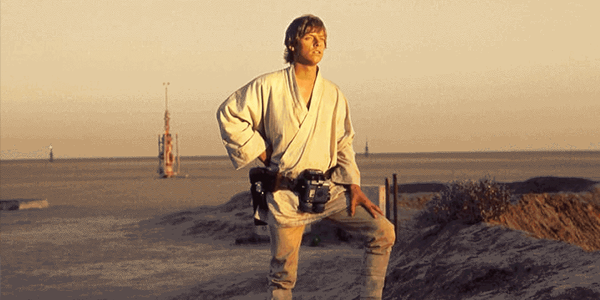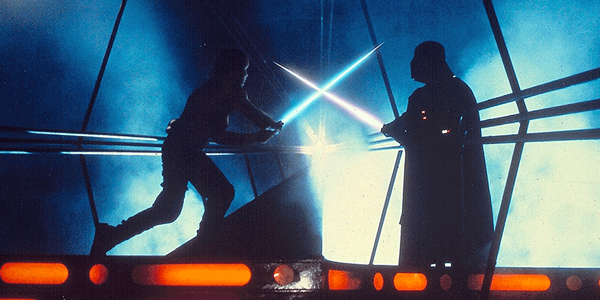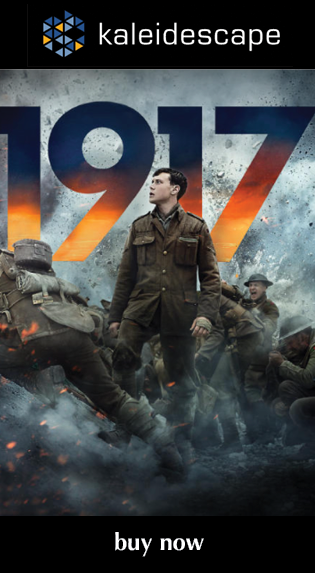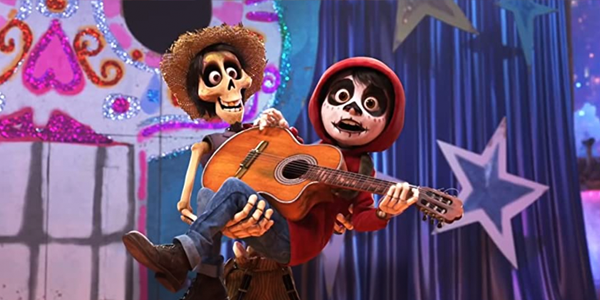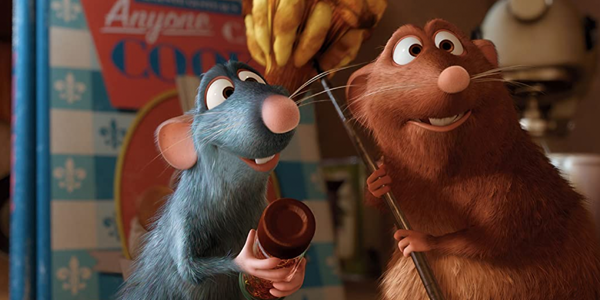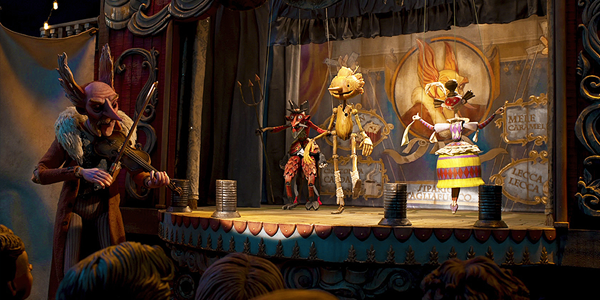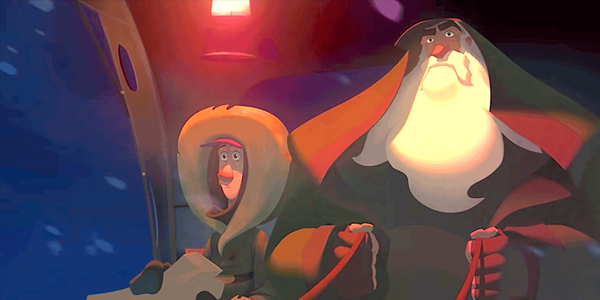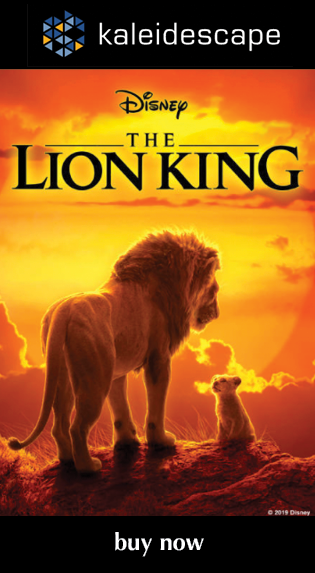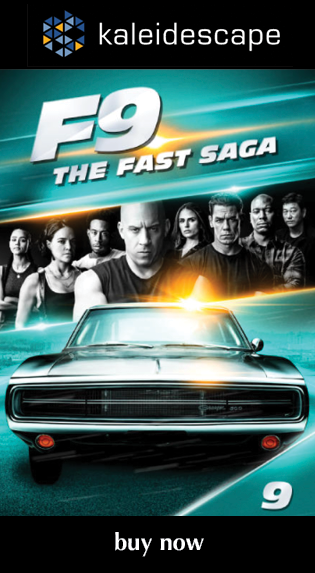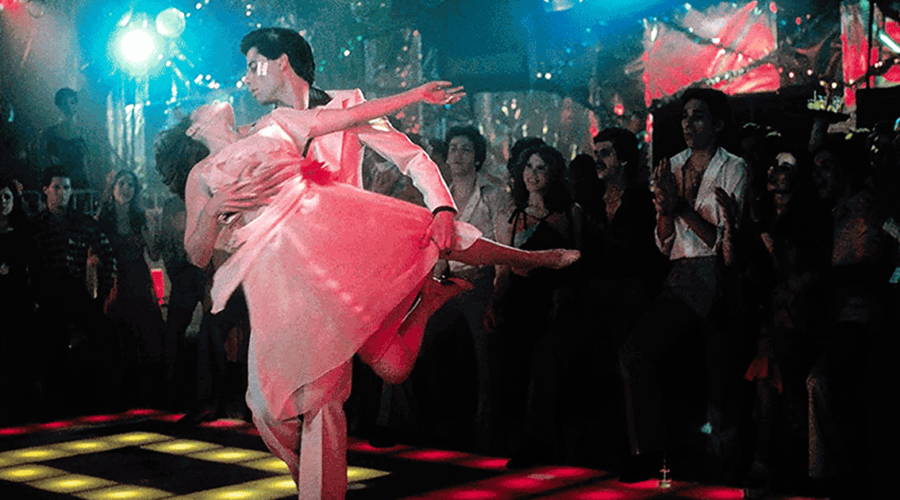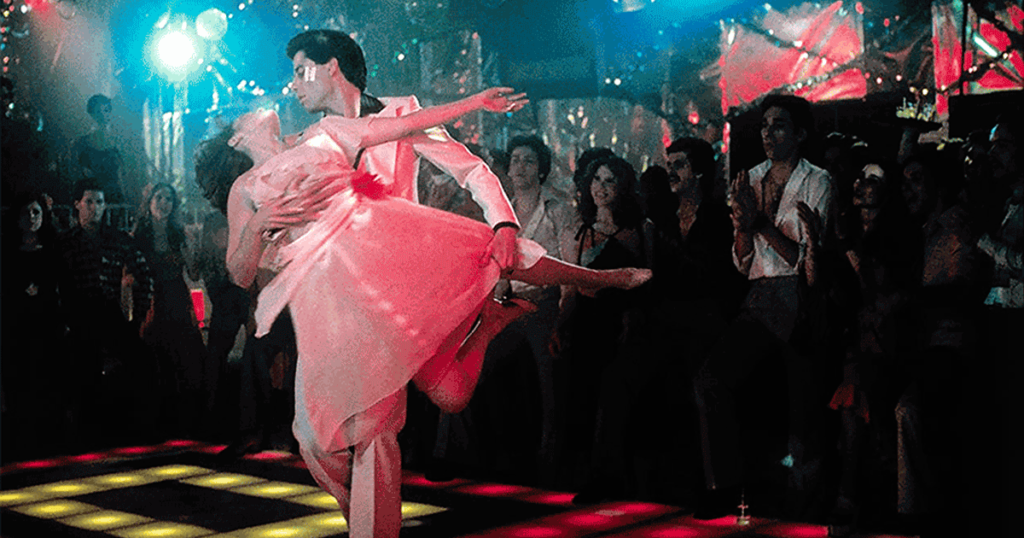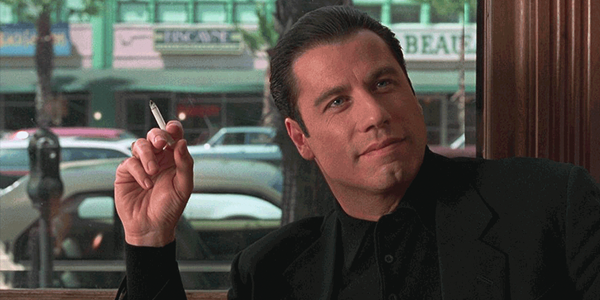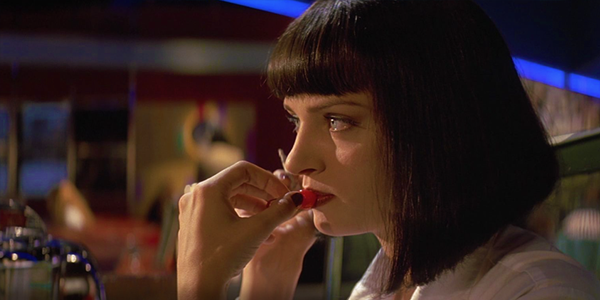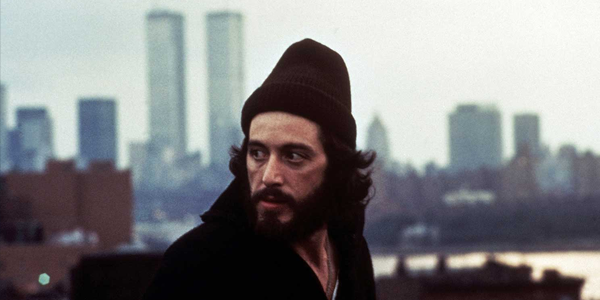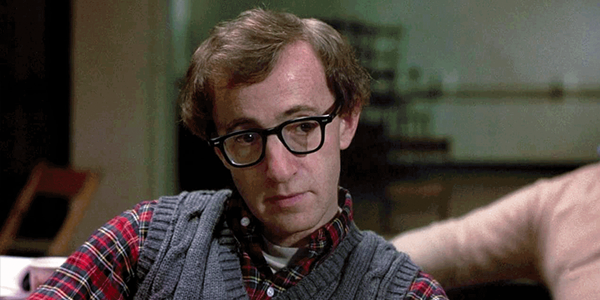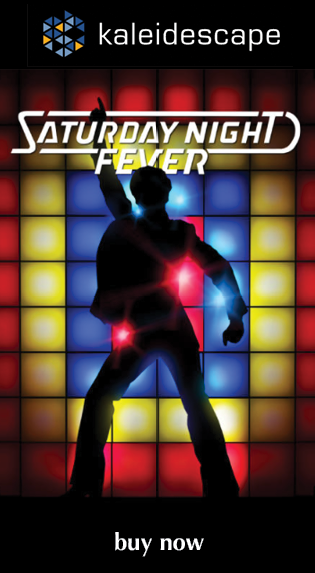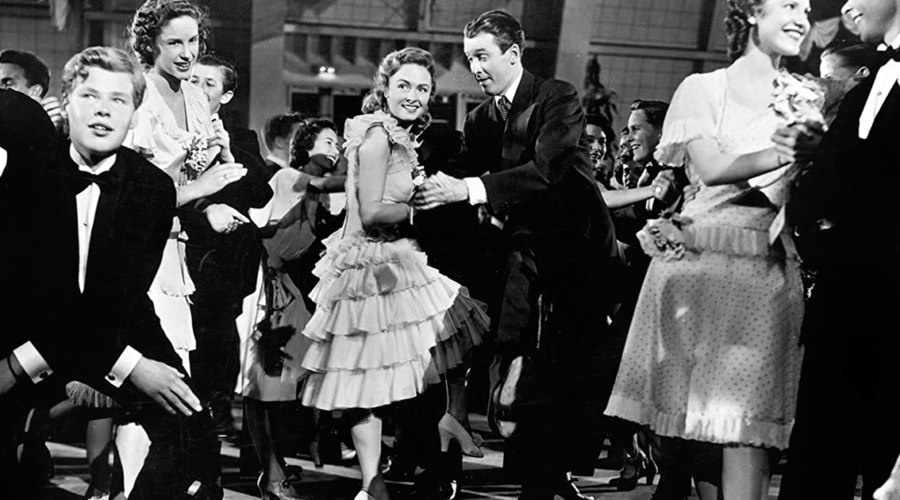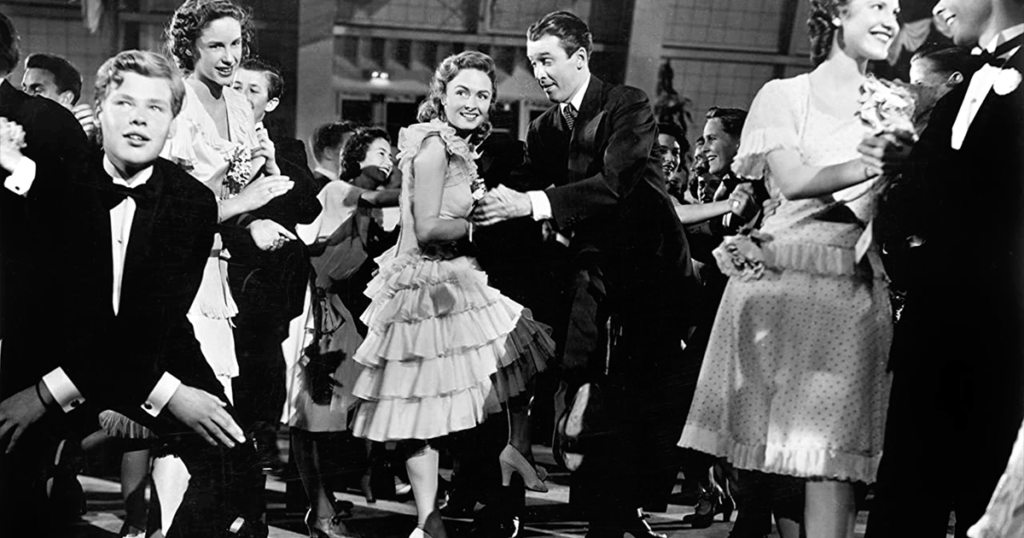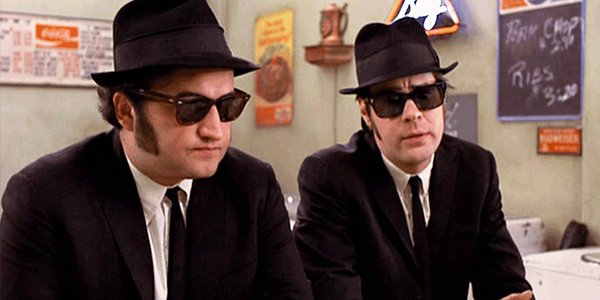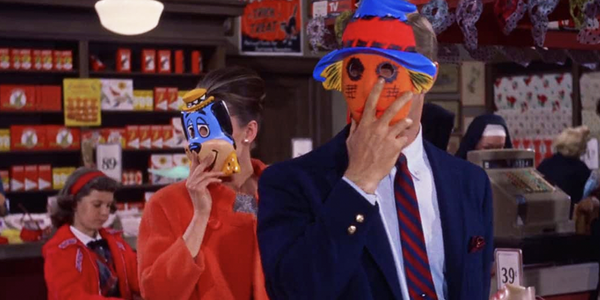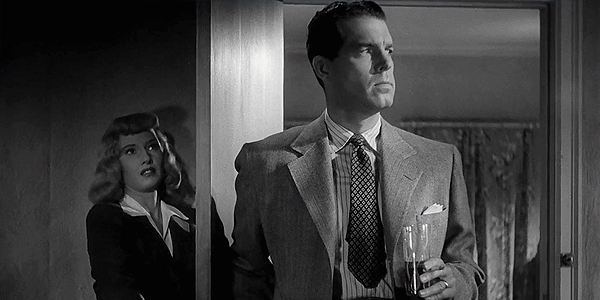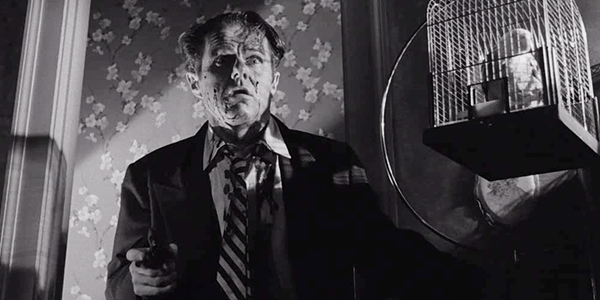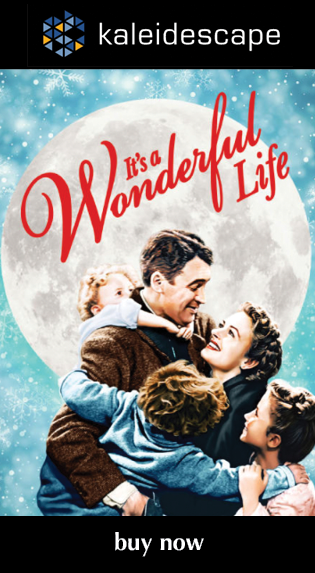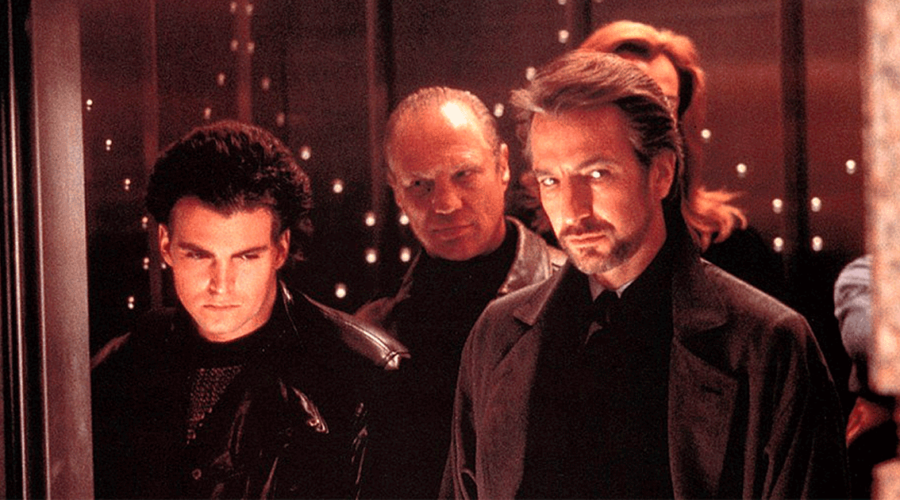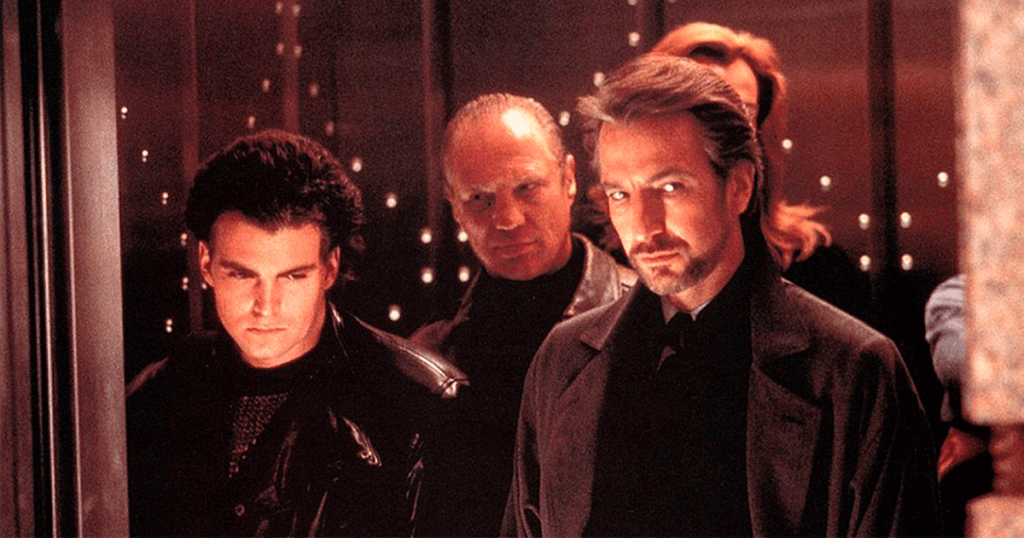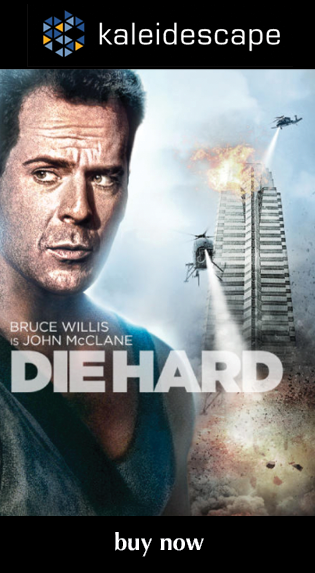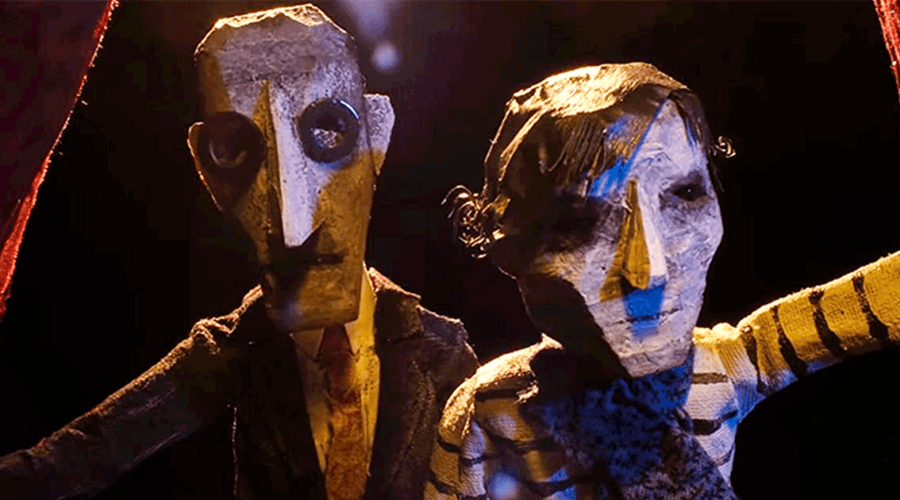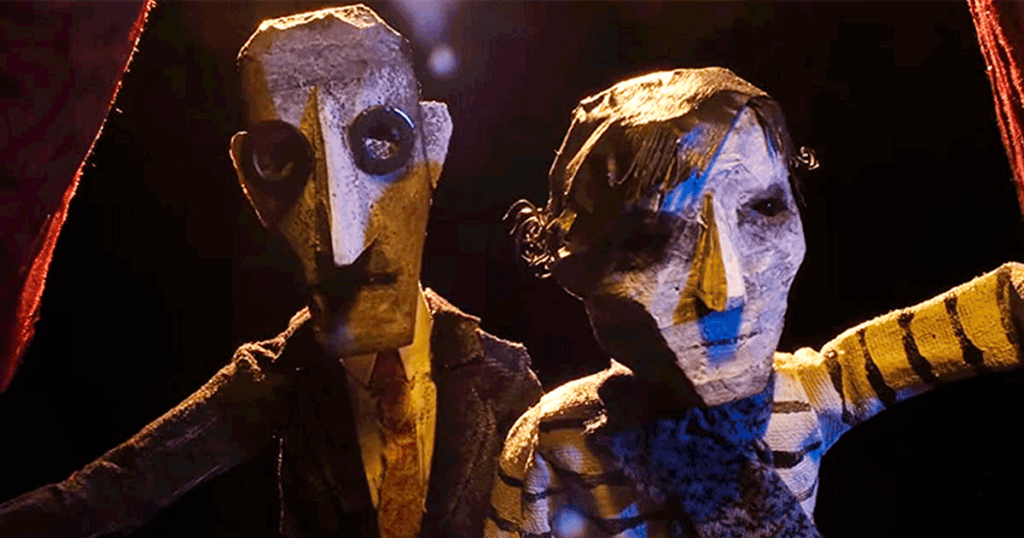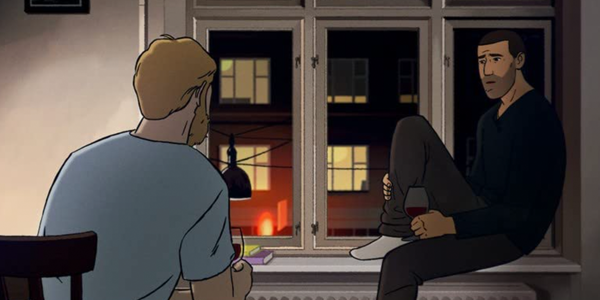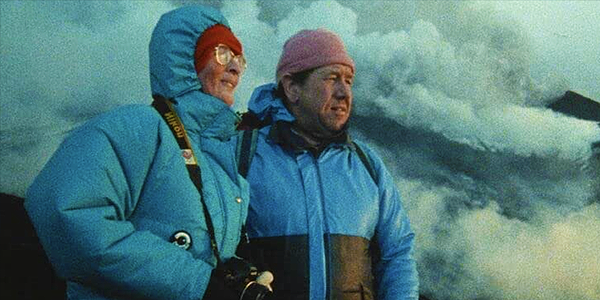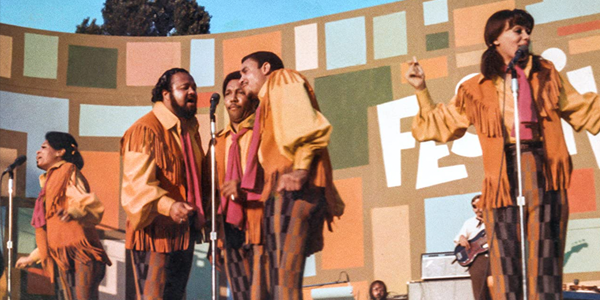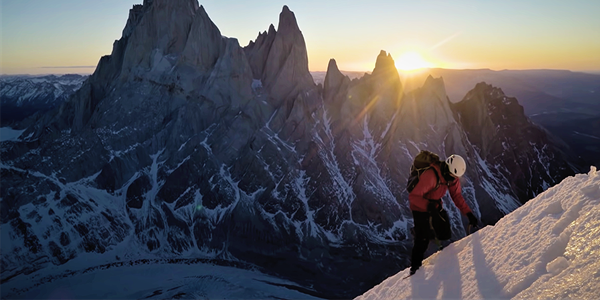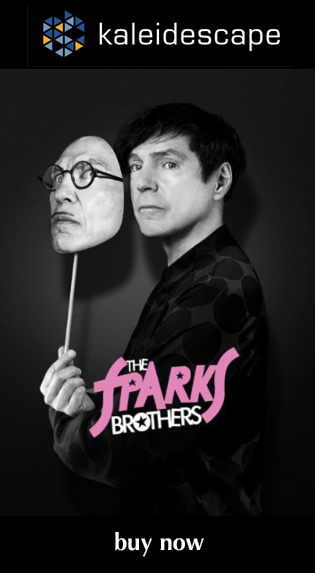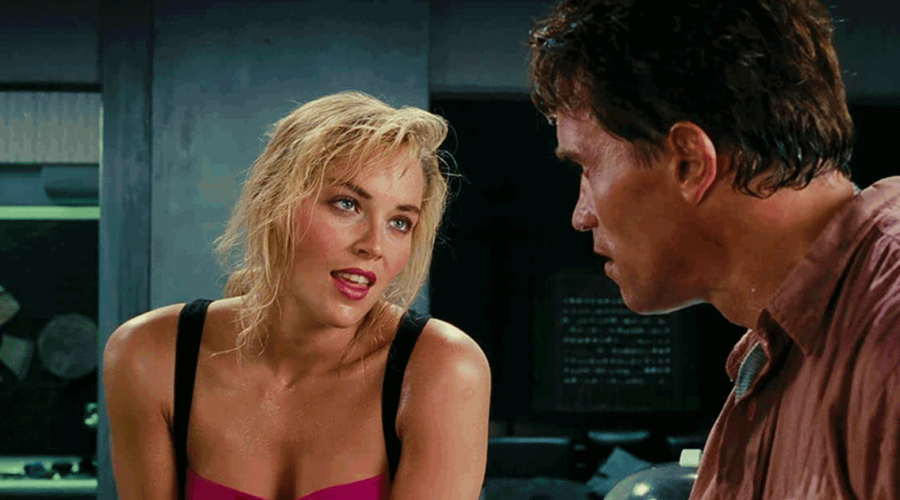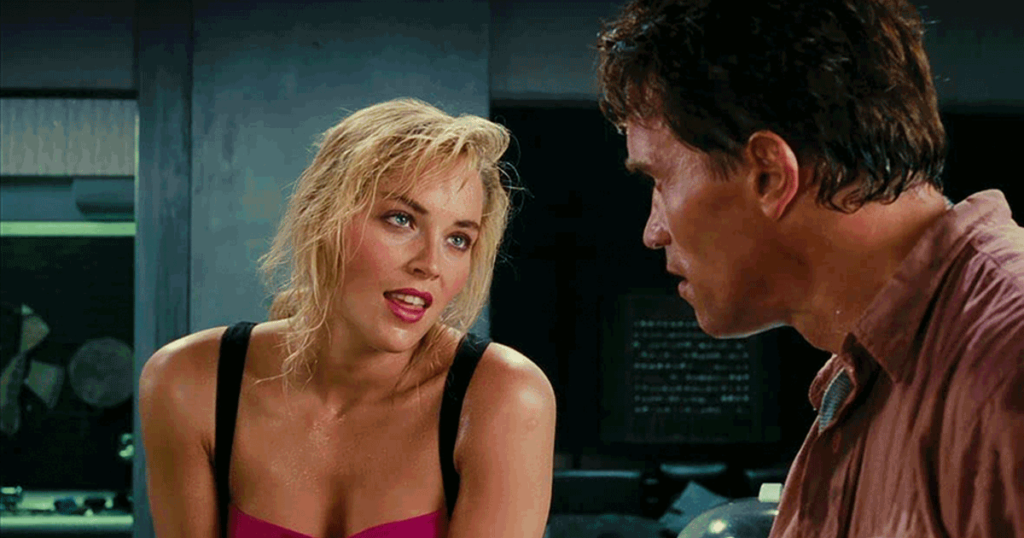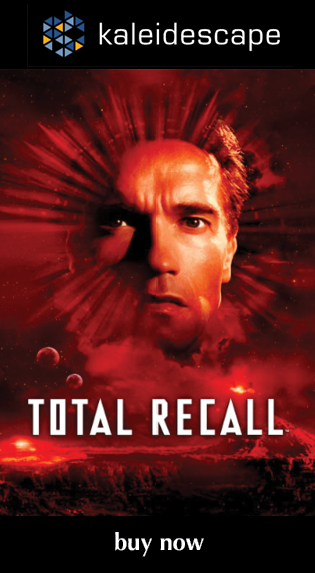Review: Super 8
also on Cineluxe
Sign up for our monthly newsletter
to stay up to date on Cineluxe
J.J. Abrams channels his inner Spielberg in his kid-driven director/producer/writer debut
by John Sciacca
updated August 29, 2023
Super 8 isn’t J.J. Abrams’ big-screen directorial debut (he had previously directed Mission: Impossible III in 2006 and the Star Trek reboot in 2009) but it is the first film where he took on the hat-trick of directing, writing, and producing. It also finds him teamed with Steven Spielberg, who served as a co-producer.
This seems the perfect storytelling partnership for this project, with both filmmakers having similar philosophies on maintaining suspense and holding back the big reveal, as well as working with the supernatural. In a way, this felt to me a bit like Spielberg if not maybe passing the torch, at least acknowledging Abrams as the next big up-and-comer.
There are so many elements here that seem to ring similar to Spielberg-associated films like The Goonies (kids on an adventure), Jaws (the mostly unseen monster that terrorizes the small town), Close Encounters of the Third Kind (the government trying to cover up the aliens’ visit), ET (the misunderstood alien visitor), and Jurassic Park (the attacking monsters). It’s also clear how much later shows like Stranger Things borrowed from Super 8, as well as The Loser’s Club and how they interact and relate to each other from It (2017).
The other thing this film does smartly is cast actual kids who were mostly unknowns. It’s far easier to immerse yourself in the story when you aren’t associating someone with another role, and the leads all do a solid job. But the other young actors are all outclassed by a young Elle Fanning, who just outperforms them in every scene. It reminded me of the time I got to watch Jason Kidd play basketball while at Cal Berkeley, where he just looked like a man-among-boys, showcasing talents unmatched on the court.
Not too surprising considering the Abrams-Spielberg connection, Super 8 was filmed on film, including 35-, 16-, and 8mm using a variety of cameras. The press release lists this as being “newly remastered for this 4K Ultra HD release,” but the technical specs show it as being a 2K digital intermediate. While images look clean and mostly sharp throughout, it doesn’t have that reference quality of true 4K film transfers. While I’m sure there are instances where the uptick in resolution makes a difference, for the most part this looked like a really good Blu-ray transfer.
Images have a more film-like softness compared to modern digital productions, though closeups reveal the most detail, allowing you to see the texture of the zombie makeup, or detail in clothing, or the details in the arm patches worn by the sheriff’s deputies. There are some occasionally grainy moments depending on the sky lighting.
The greatest benefit here is the HDR grading, which helps boost a lot of bright highlights and keep really clean, deep, and inky black levels. There are quite a few scenes shot at night where bright lights are also in the scene, or bright red-orange fire/explosions, or the white-hot of sparklers or welding sparks, or just the specular highlights glinting off metal. During one fireworks explosion in a dark underground cave, I felt my eyes clamp down in response to the bright output from my OLED. The additional bitrate also helps eliminate banding, such as one scene where white smoke, haze, and dust is wafting up through various shades of bring lighting, which can be a real video nightmare.
Mildly disappointing is that we don’t get a new Dolby TrueHD Atmos sound mix. Even more of a bummer is that Paramount only delivered a DTS HD-Master 5.1-channel mix to digital retailers like Kaleidescape for the 4K HDR version, instead of the 7.1-channel Dolby TrueHD mix featured on the physical version.
Even still, this was a mostly reference audio experience, and the 5.1-channel mix benefits from your processor’s upmixer to provide a more immersive audio experience. The soundtrack has intense dynamics throughout, with glass shattering, doors kicked open, things crashing, explosions, etc. There is also a lot of directionality, with sounds of the creature moving around the room and overhead, glass shattering into the room, and things being slammed or thrown by the alien. You also get smaller audio moments, like the electrical buzzes, hums, and mechanical noises in the creature’s lair, or the air raid sirens and helicopters buzzing about.
The train crash remains an audio tour de force, with powerful output that will put your speaker system to the test, and makes for a fantastic demo scene. There is deep, tactile bass from the subs you’ll feel in your chest, along with explosions that rocket debris and objects up overhead and all around the room, along with the ear-piercing scream of shrieking and twisting metal. The bus escape is another fantastic demo that makes good use of all the speakers to add to the scene’s intensity.
Super 8 is incredibly fun and entertaining, and even though there’s probably an even better version of this film in store (true 4K DI, new Atmos mix) for its 15th or 20th anniversary, it’s a welcome addition to any movie collection, especially if you have a younger viewer in your home who has yet to experience it.
Probably the most experienced writer on custom installation in the industry, John Sciacca is co-owner of Custom Theater & Audio in Murrells Inlet, South Carolina, & is known for his writing for such publications as Residential Systems and Sound & Vision. Follow him on Twitter at @SciaccaTweets and at johnsciacca.com.
© 2023 Cineluxe LLC
